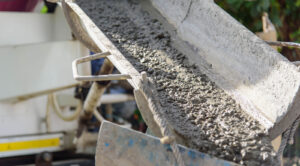
Redi Mix Concrete? Ready Mix Concrete? What is the Proper Spelling?

Long story short, all forms of the phrase seem to be generally accepted among our industry’s professionals. Whether that is due to creativity or laziness, we aren’t sure, but the spelling all depends on who you’re talking to.
There are numerous concrete companies out there with “redi mix” or “redi-mix” in their names. The same goes for “ready mix.” Perhaps it comes down to a personal preference — “redi” bumps them up slightly in terms of alphabetical order, and the word is a little bit shorter. Still, there seems to be no true source that lists these spellings as being 100% accurate.
On the other hand, “ready mixed” seems to have gained favor among many leaders in our industry. Two respected U.S. organizations — the National Ready Mixed Concrete Association and The Portland Cement Association — tend to opt for “ready mixed” in their written copy. The same goes for the European Ready Mixed Concrete Organization.
As for General Chipping? We’re pretty flexible. As members of the NRMCA, we tend to follow their lead. But really, it’s not all that big a deal. Our reasoning is, as long as we’re all on the same page and communicating clearly — customers and colleagues alike — the verbiage doesn’t really matter.
